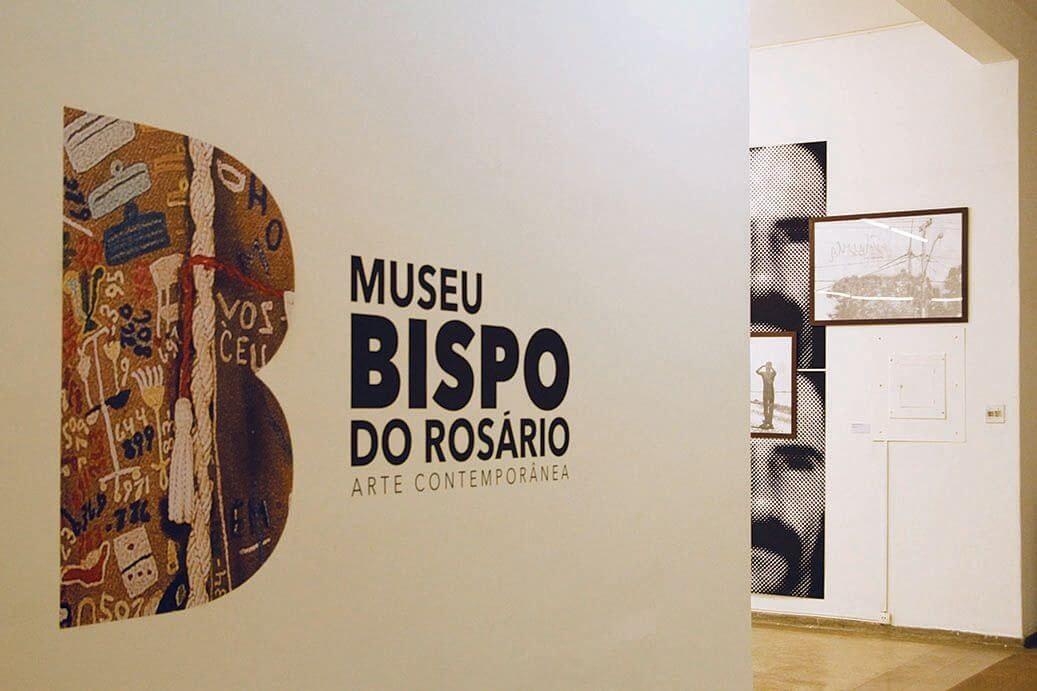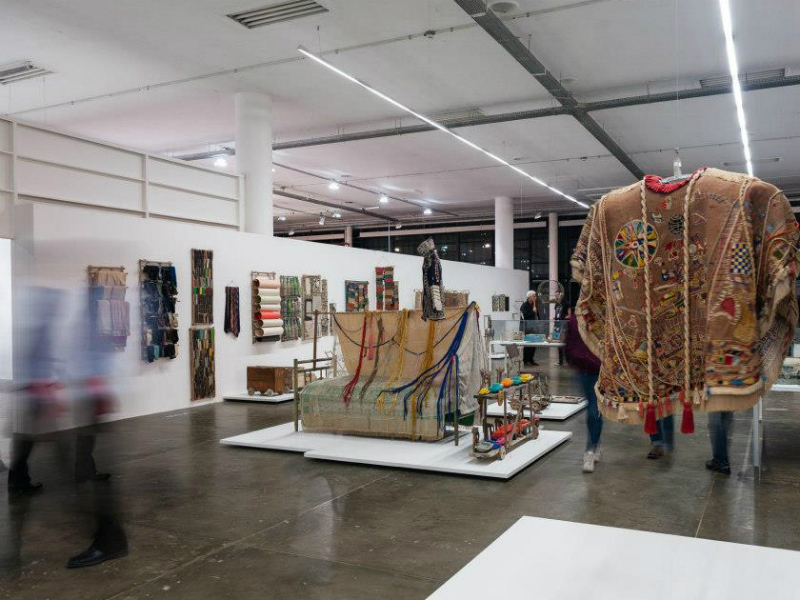RIO DE JANEIRO, BRAZIL – The Museu Bispo do Rosário Arte Contemporânea (“Bispo do Rosário Contemporary Art Museum”), which is linked to the Municipal Health Secretariat of Rio de Janeiro, opens today, September 25th. The exhibition is called “Utopias: Life for All Times and Glory” and presents 50 works by Arthur Bispo do Rosãrio, of which two had not been previously exhibited.

One of them is an object that refers to a clock never before shown, and the other is a cape or cloak that Bispo used to protect the windows where he organized the artifacts he built with materials he exchanged with other patients at the Juliano Moreira Sanatorium, located in Jacarepaguá, west zone of Rio de Janeiro. The former psychiatric hospital sheltered the artist for more than 50 years.
The museum’s new curator, Ricardo Resende. told Agência Brasil that “Bispo created his own pieces and is a craftsman.” The cloaks were never before shown. They were kept and even forgotten in a storage room and now are displayed along with the catalogued work. Resende reported that many other Bispo works have been discovered. He protected the cloaks with plastic packaging.
“He had a habit of accumulating these objects, such as aluminum mugs, Hawaiian sandals, and then organizing them by calling them shop windows. He cloaked these showcases with covers. He would exchange the discarded materials with other patients and take them to his workshop,” explained Ricardo Resende.
The curator revealed that Bispo heard voices telling him to organize the chaos of the world. The principal pieces on display, the capes or cloaks, contain a handwritten text that refers to the rise of virgins to the heavens. This accumulation of his work led him to organize all these materials, which is nothing more than a cataloging of these things. In the embroidery, the artist told the function of those objects. Plastic artists were invited to paint parts of the walls of the room where the exhibition was set up.

Cataloging
More than 900 works by Bispo do Rosário that are in the museum’s collection have been cataloged. They were listed last year by the Institute of National Artistic and Historical Heritage (IPHAN). According to the museum’s curator, this gives more visibility to the artist’s work and makes it easier to obtain new support and partnerships for conservation. The cell where Bispo lived for about seven years was also taken apart.
This year begins the work of reforming the pavilion that houses the cell and its restoration. It is planned to clean several layers of paint on the walls, which will allow us to see drawings made by the artist, as well as various inscriptions. Once restored, the cell will function as a permanent exhibition space for the works of the artist.
Some resources have been generated by the fee charged by the museum when it lends works for exhibitions. “This fee has helped us to conserve Bispo’s work. The restoration works, on the other hand, will be made possible by financial help from the Marcos Amaro Foundation, in São Paulo, in the amount of R$350,000 (US$88,000)”. In 2018, the institution helped in the renovation and restoration of the exhibition hall and, in the previous year, in the readjustment of the storage facility to improve the conservation conditions of the artist’s work.
The Museum’s management is also seeking resources through proposals to the National Bank for Economic and Social Development (BNDES) and the promotion of the Tax on Services (ISS) for the restoration of the O Grande Veleiro painting and for the construction of a restoration laboratory.
‘Casa B’ (“House B”)
In the Juliano Moreira Colony, a residency program called ‘Casa B’ (“House B”) has begun, which houses educators, curators, and artists for the development of research and production through dialogue with the community and other programs developed by the Museum, the press office for cultural equipment said.
The exhibition will be open for free visits from September 25th, 2019 to January 25th, 2020, always from 10 AM to 5 PM, Tuesday through Friday, and on the last Saturday of each month.

